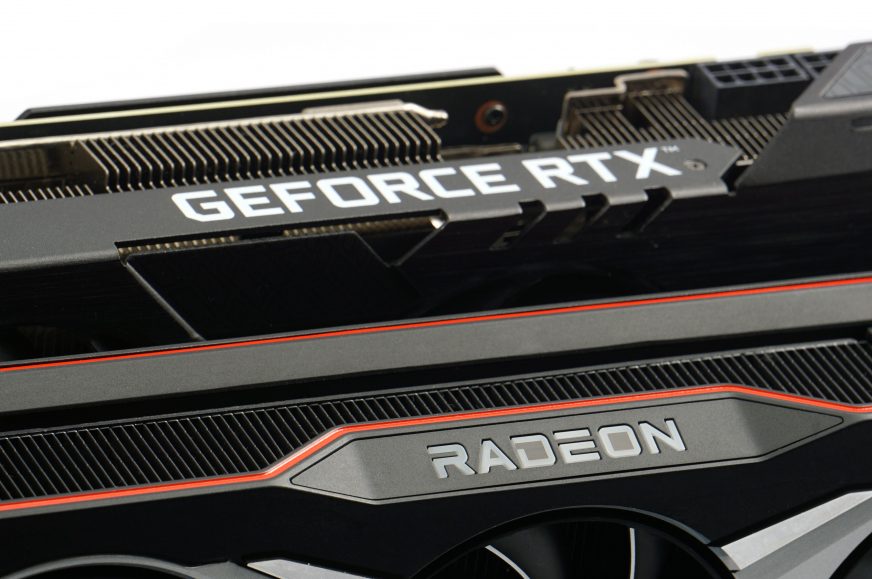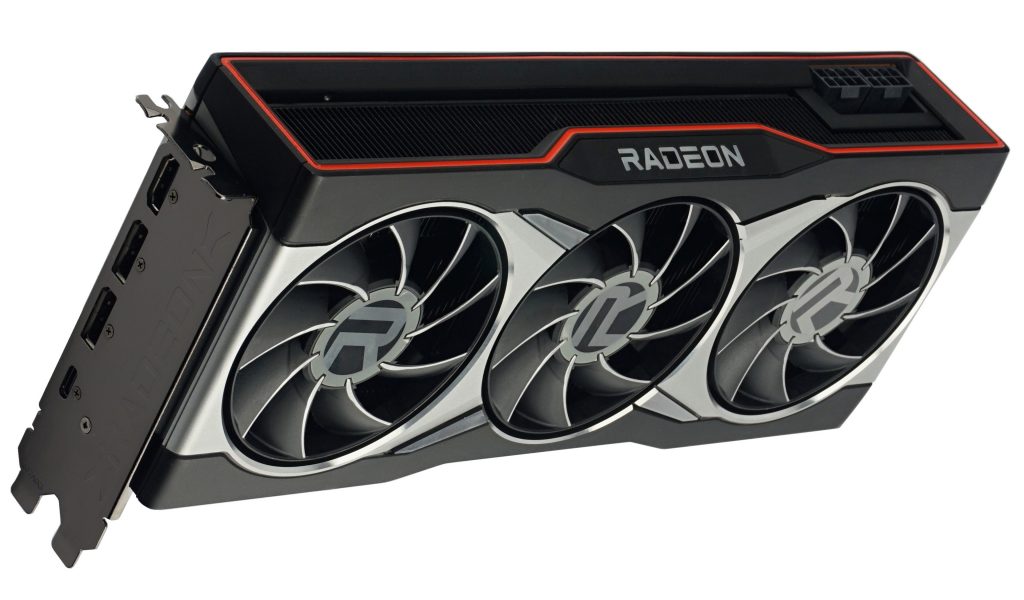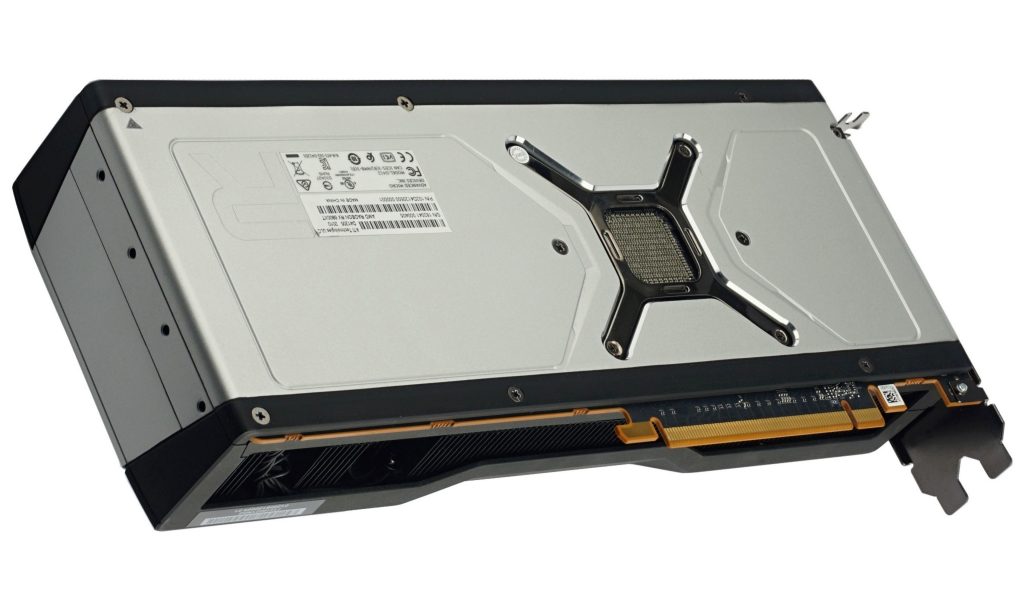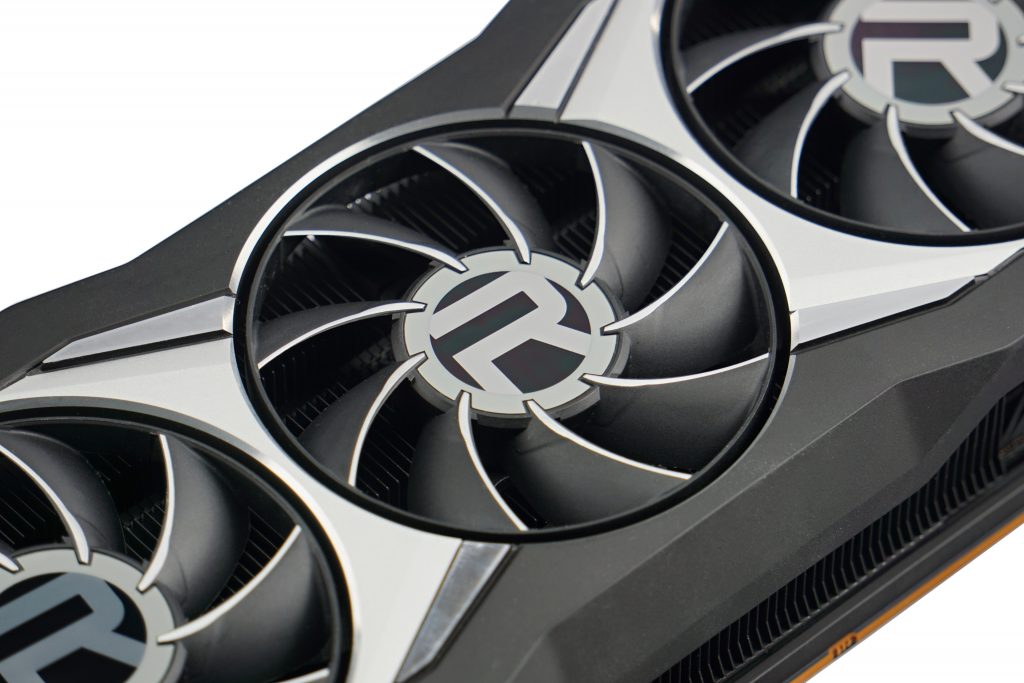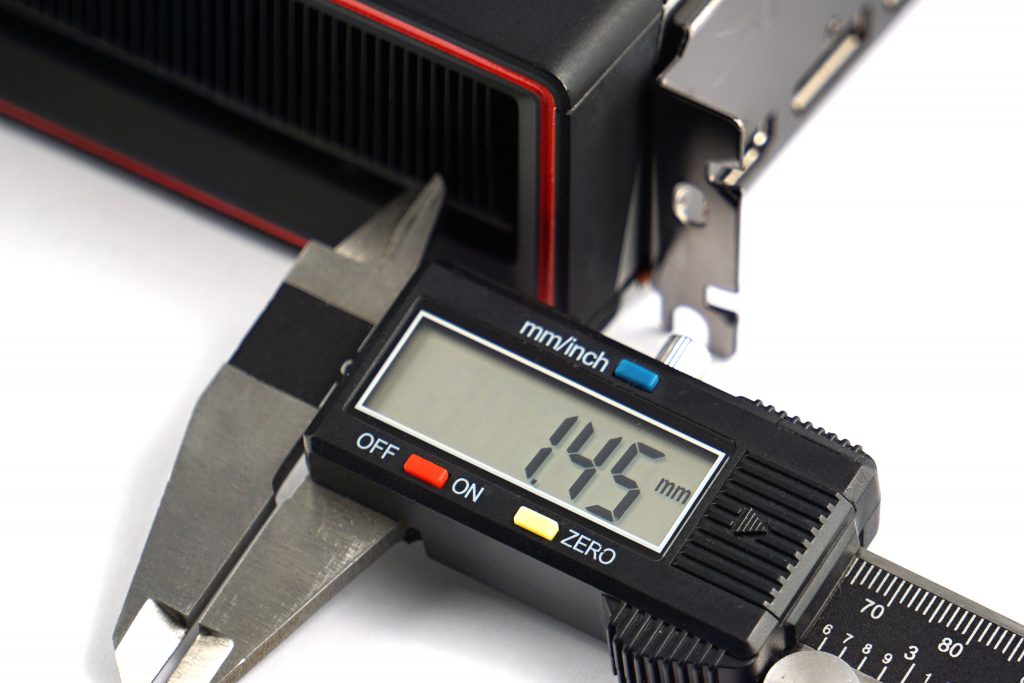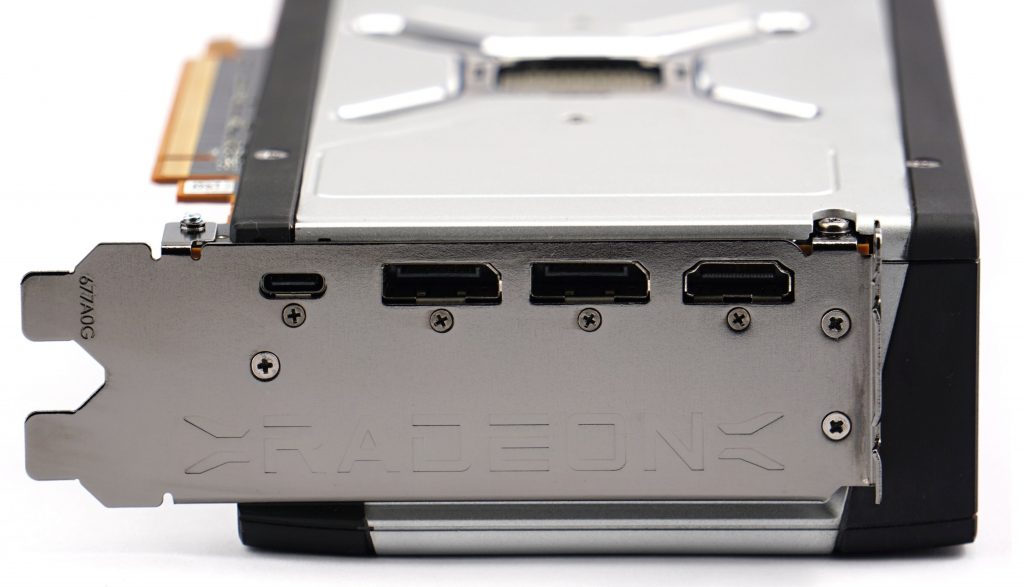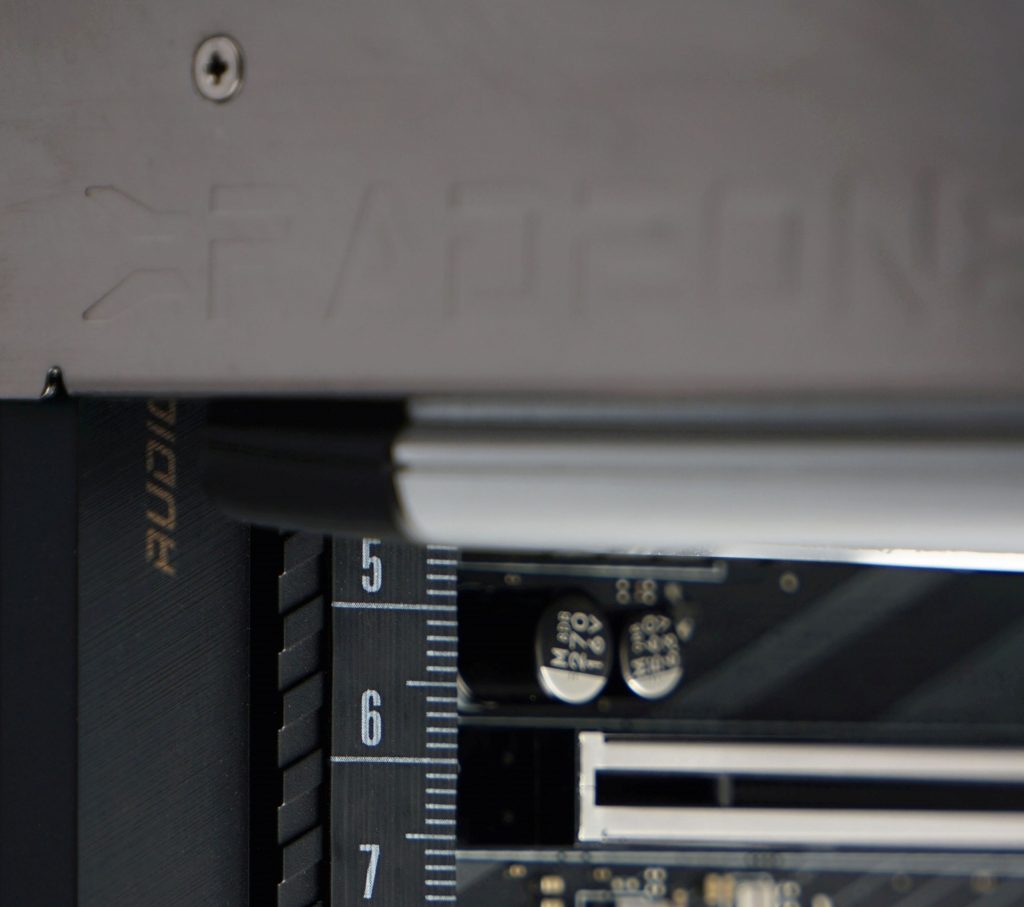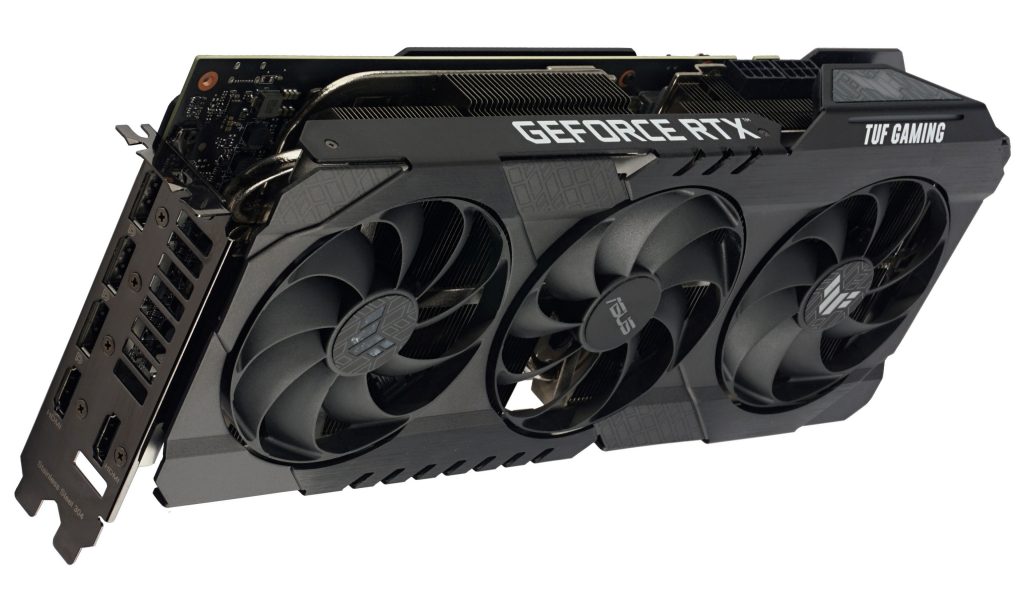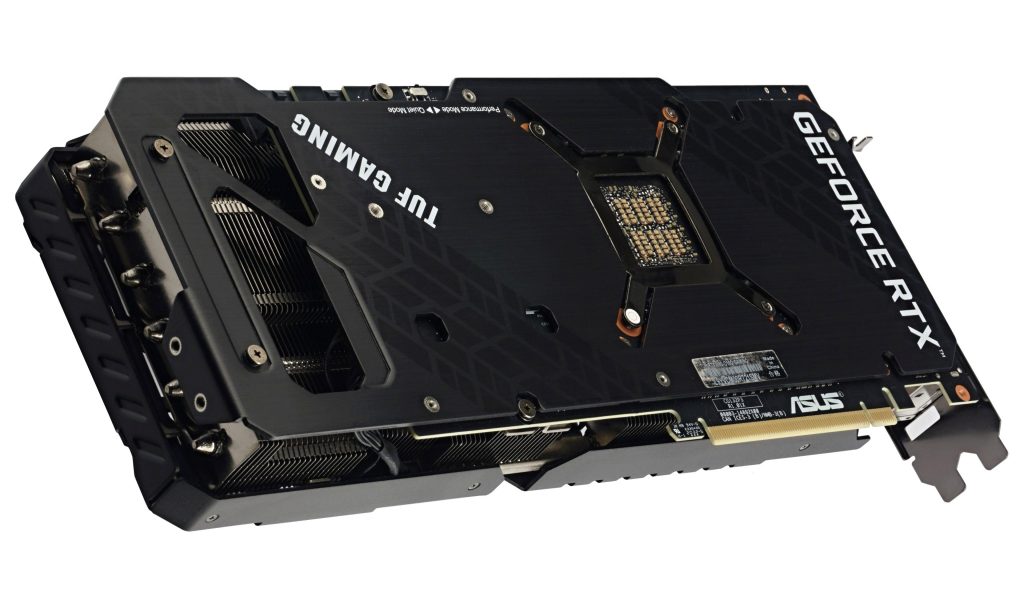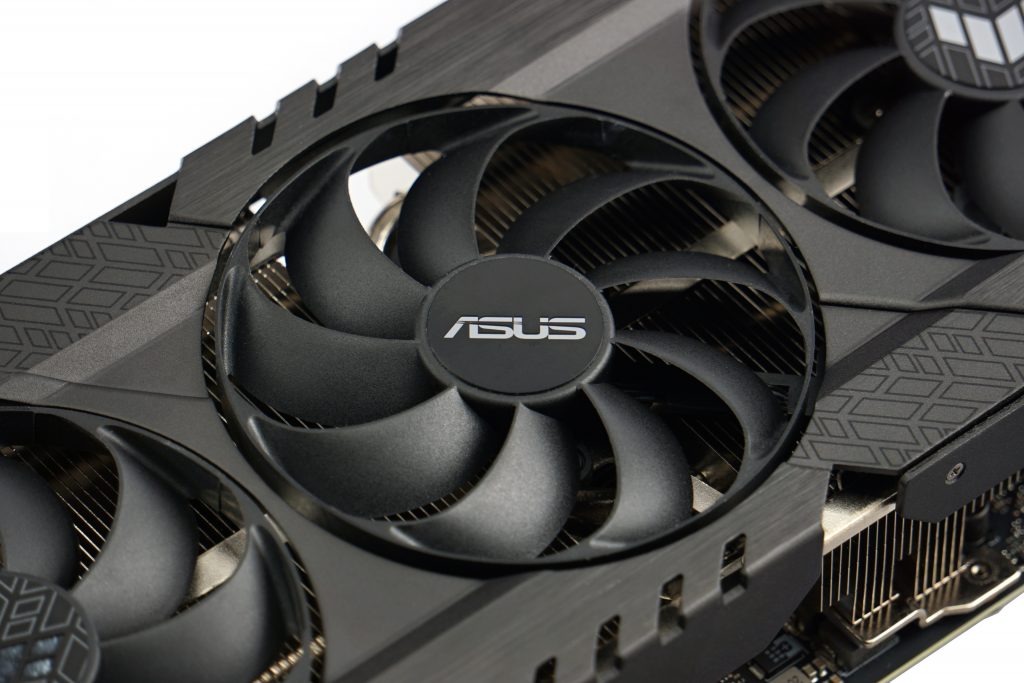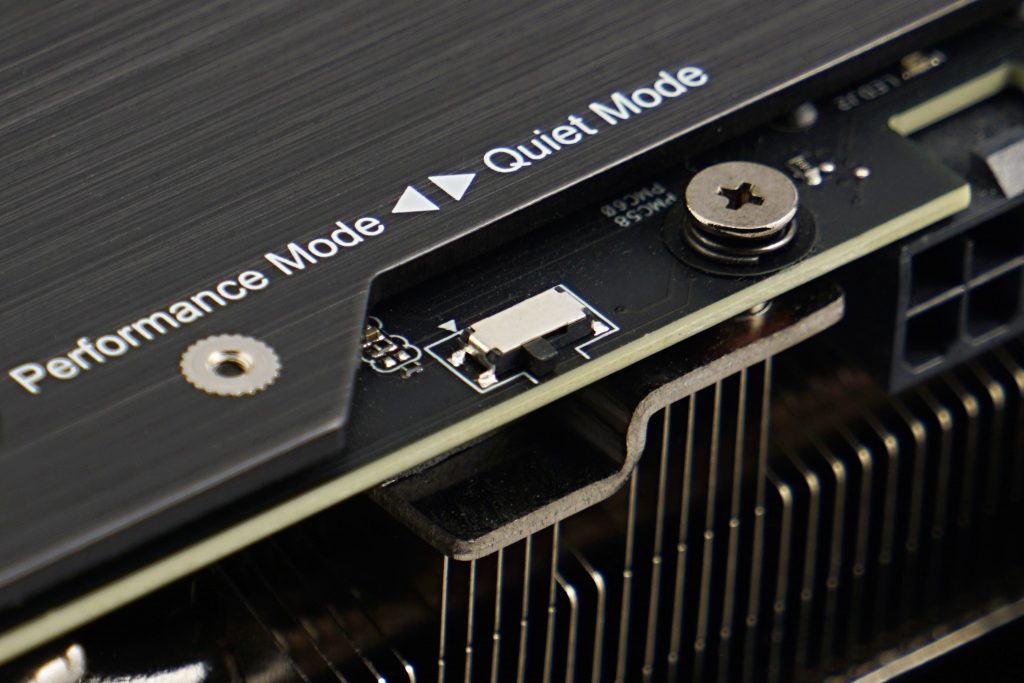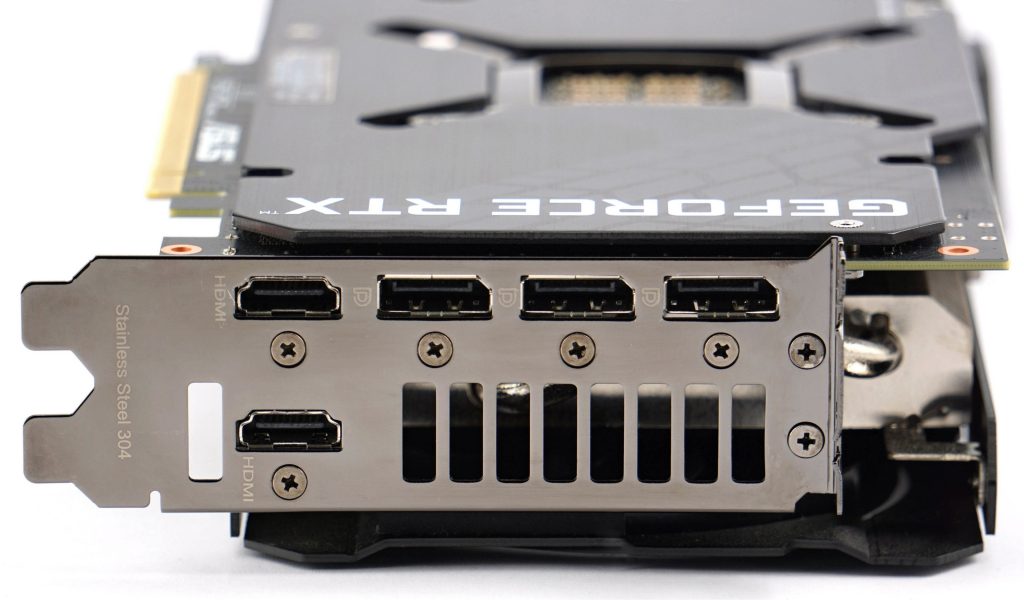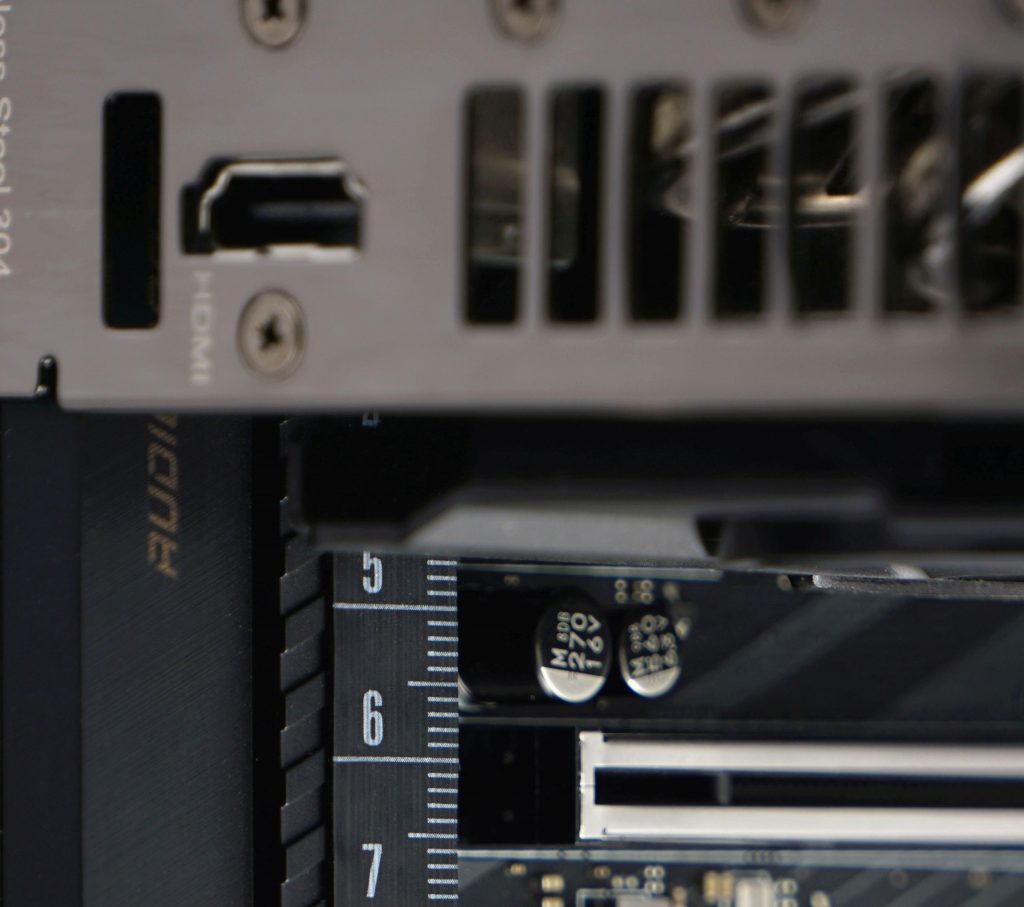Graphics cards in details
Eighteen selection games in various resolutions and settings, performance tests in computing applications, detailed analysis of power draw and generated sound, in which we go up to the level of frequency responses. This captures the new robust methodology for graphics card testing. And right at the beginning, popular high-end models from both camps are going to undergo the tests.
We did not manage the first, second or third wave of tests of graphics cards from the new AMD and Nvidia generations, but we believe that you will accept them in this way as well, with a delay. It took some time to build a few gimmicks for unique (and we believe useful) measurements. These will be in-depth tests, but structured and presented with all their simplicity so that you don’t get lost in them. We will not complicate it and try a model in which the first and last chapter is written with respect to an average user. Everything between them is then determined for more demanding users. Everything is shown clearly in bar and line graphs.
As part of performance tests, we will also focus on application performance and multimedia, as graphics cards definitely do not have just a single purpose – gaming. For better orientation, however, we will divide it into several articles and start with gaming. In a week, we will release a sequel with computational tests, where we will check OpenCL, CUDA and OptiX. These tests will later be published with gaming tests and will be incorporated into one article.
Applications that typically use AMD VCE and Nvidia Nvenc encoders for video editing will not be covered on a regular basis. Across generations, all graphics cards have the same encoder, so it doesn’t make much sense to test these things on every card. But we’ll always test applications that benefit from shaders. But now to the main heroes of this article.
Details about AMD Radeon RX 6800 XT
Hopefully the new reference cooler will be better than the previous one. On the Radeon VII, the developers did not do the job properly with TIM and the heat transfer to an otherwise large heatsink was inefficient. However, AMD will probably not repeat this schoolboy error twice in a row.
The 1.5 kg (3.3 lb) RX 6800 XT in the AMD reference design makes a very good first impression. The card is extremely firm and most of the cover body is metal, including the backplate.
The cooler has three axial fans with a diameter of 80 mm. Except for the circular frame into which the ends of all blades are embedded. This is to achieve better laminar flow with more efficient flow around the heatsink.
Remarkable are the larger spaces between the fins, up to 1.45 mm. However, the aluminum fins themselves are among the thinner ones with a thickness of 0.35 mm. In any case, larger gaps promise higher cooling efficiency even at lower speeds.
However, it should be noted that the card is relatively closed, with a minimum of vents. Even the rear I/O plate is a solid metal sheet, which usually has a grid.
The card exceeds the height of two slots. The photo below illustrates how far the card extends from the center of the first PCI Express slot.
Details about Asus TUF RTX 3080 O10G Gaming
GeForce RTX 3080 in the TUF version outgrows the competing Radeon in all axes, but despite weighs 100 g less. But they definitely didn’t save on the cooler. The lower weight is due to the fact that less material was used for the cover.
Asus, like other manufacturers, uses a short PCB for better cooling. The backplate has an opening at the back for better transfer of warm air from the fins. As the TUF brand did not debut too well among graphics cards (the case of long screw on the RX 5700 (XT)), we also paid more attention to the pressure of coldplates. It seems that everything is fine here.
The fans are 90 millimeters long and the middle one rotates in the opposite direction of the other two. This is to reduce the turbulent flow. As on the Radeon, the ends of the blades are embedded in a circular frame that rotates with them.
The card is equipped with two BIOSes with the default mode “Performance”, which we also use in tests. I don’t understand the “Quiet mode” option very well. Power draw is lower by less than 3 W in this setting and it is hard to talk about difference in noise, heating or performance. And the fans also switch off in “Performance” when idle or at a lower load, which was not the case on older cards where quiet mode was required for passive operation.
Compared to the reference card, it boasts a richer set of connectors, i.e. has a second HDMI port in addition to the three DisplayPorts (Nvidia has only one on the FE).
The height of the card is not so surprising, but pay attention to its depth (127 mm). That is exceeded by 3 cm due to the extended part with the logo compared to standard graphics cards, which can be a stumbling block for some smaller cases. It is also 30 cm in length. In short, everything needs to be properly measured before buying/pre-ordering (the availability of all new cards is still poor).
You can read a detailed 50-line overview of the specifications in the following chapter.
- Contents
- Graphics cards in details
- Table of specs
- Methodology: performance tests
- Methodology: how we measure power draw
- Methodology: noise and sound measurement
- Methodology: heat tests
- Test rig
- 3DMark
- Age of Empires II: DE
- Assassin’s Creed: Valhalla
- Battlefield V
- Battlefield V with DXR
- Borderlands 3
- Control
- Control with DXR and DLSS
- Counter Strike: GO
- Cyberpunk 2077
- Cyberpunk 2077 with DLSS and FidelityFX
- Cyberpunk 2077 with DXR, DLSS and FidelityFX
- DOOM Eternal
- F1 2020
- FIFA 21
- Forza Horizon 4
- Mafia: DE
- Metro Exodus
- Metro Exodus with DXR and DLSS
- Microsoft Flight Simulator 2020
- Red Dead Redemption 2 (Vulkan)
- Red Dead Redemption 2 (Dx12)
- Shadow of the Tomb Raider
- Shadow of the Tomb Raider with DXR
- Total War Saga: Troy
- Wasteland 3
- Overall gaming performance and performance per euro
- GPU clock speed
- Heating of the GPU and VRAM
- Net graphics power draw and performance per watt
- Analysis of 12 V sub-circuit power supply
- Analysis of 3.3 V sub-circuit power supply
- Noise level
- Frequency response of sound
- Conclusion





